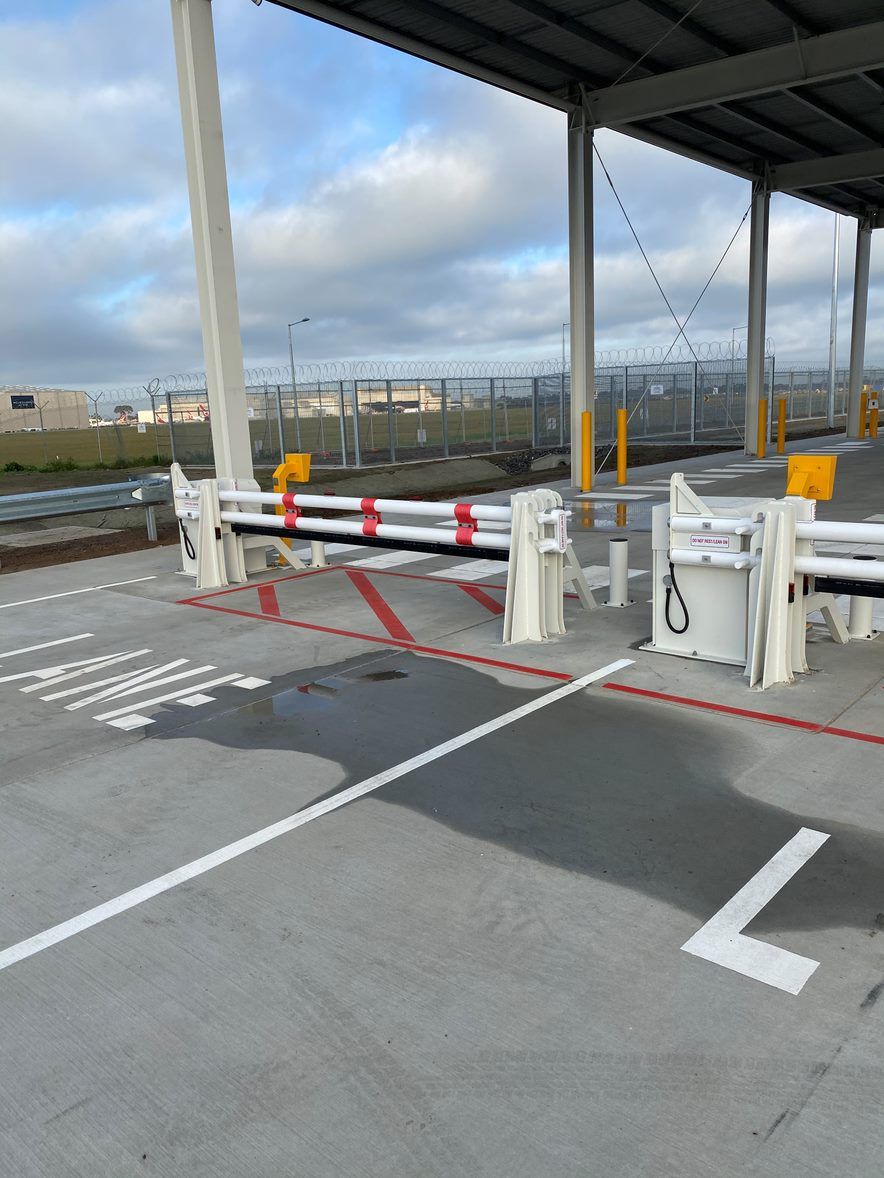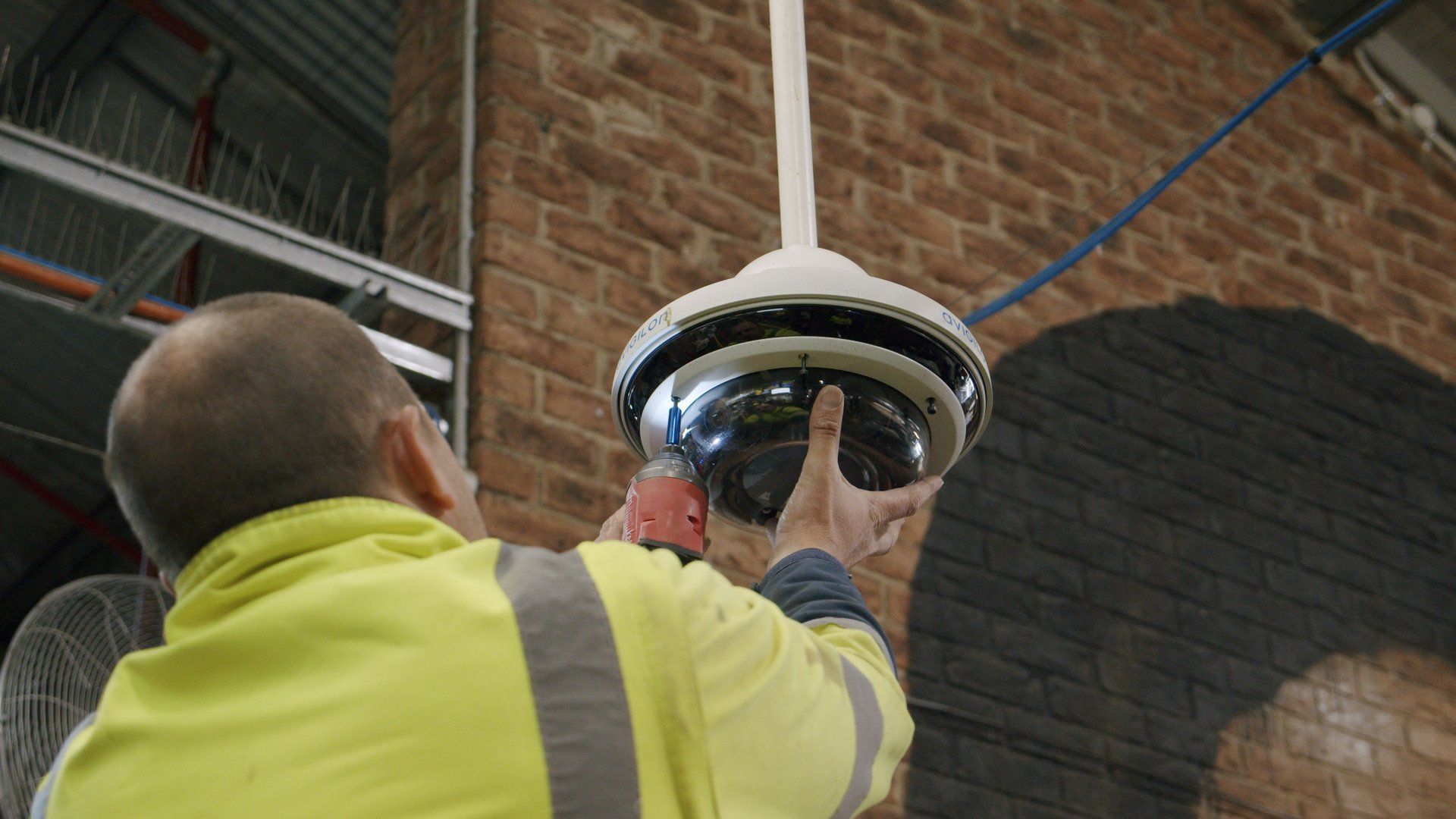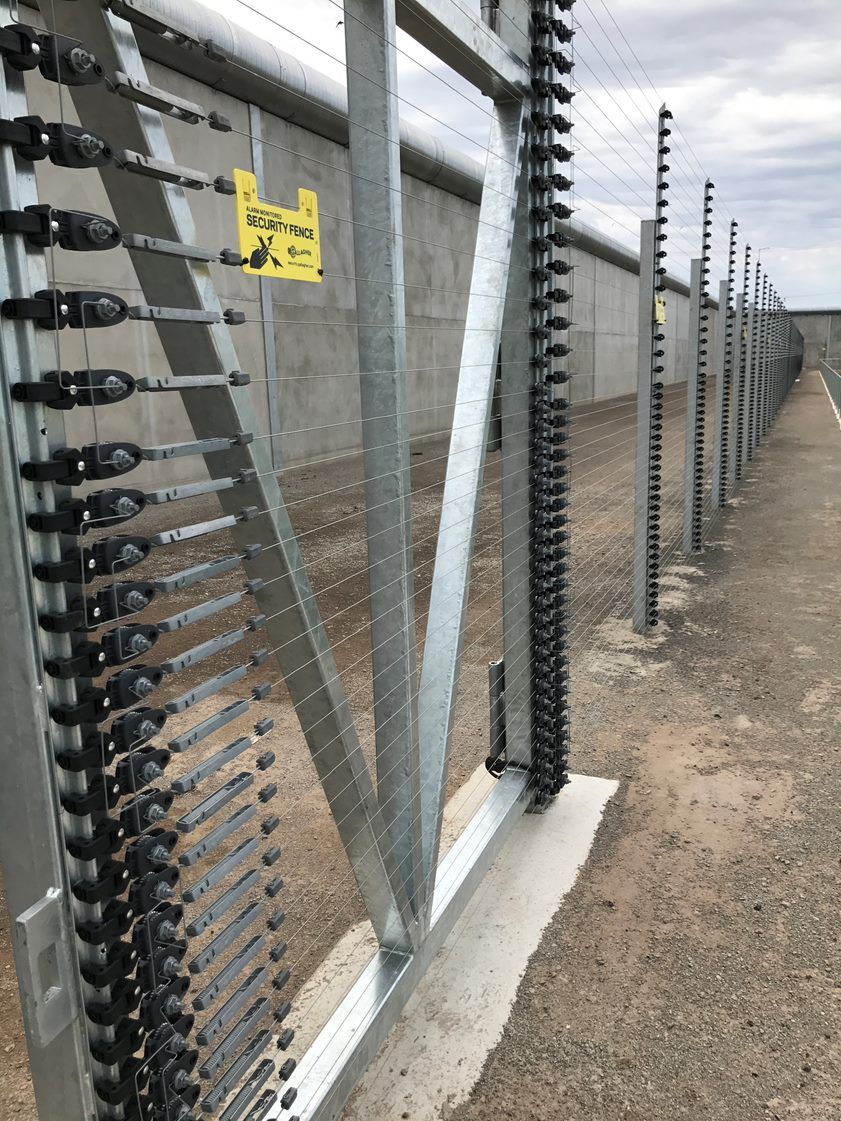Microphonics
Microphonics
Microphonic detection is a cost effective fence disturbance detection system, suiting new or existing fences. This system suits standard Galvanised Chain-mesh, Palisade, Barbed wire and welded mesh fences. Microphonics detects climbing, cutting and lifting of fence mesh to crawl under. Microphonics can be attached to fences as a stand-alone detection system or can be installed as a single element in an overall Perimeter defense system.
Microphonics principles are simple. Microphonic sensor cable is physically attached to fences in zones of up to 300 metres. Fence disturbance causes small amounts of vibration. Vibration causes the transducer cable to produce small electrical signals.
Zone cables connect to Signal processors. Signal processing units digitally apply intelligent adaptive algorithms, fine tuning readings, profiling your fence for environmental and climatic conditions. Application of algorithms, to your fence behavior profile allows the vibration induced signals to provide reliable, disturbance specific outputs.
Sensitivity is an adjustable parameter based on your risk/false alarm tolerance. Detection rate for a properly commissioned system is around 95% for unaided climbing attempts with a 95% output accuracy.
Correctly designed and Installed systems will be tolerant to climatic conditions including rain, snow, hail, fog, wind. Sensing will be tolerant to motion of nearby objects (vehicles, etc.), motion of surface or underground water, vegetation up to 30 cm (1 ft.) high, sand storms or Seismic vibration. Microphonic detection is unaffected by radio-frequencies, electro-magnetic interference and acoustic or magnetic effects.
As with many areas of security installation, quality of installation and equipment vary substantially. Innovative Controls recommend the following specification detail as minimums.
- Installers to be equipment manufacturer trained, ensuring installation methods specific to supplied equipment.
- For heights up to 2.5 m, a single Microphonic transducer sensor cable and for fences between 2.5 and 4.8m high, two equidistant sensor cables should attached to your fence.
- Detection transducer cable must be ultraviolet resistant, attached to the fence with ultraviolet resistant ties.
- Signal processor units must include lightning and surge protection to protect against voltage transients.
- Signal processor units to provide a minimum of 1 off detection alarm and 1 off supervisory alarm per sensed zone
- Signals to operate in accordance with Fail-Safe engineering principles
- System to be capable of operation from -40 Deg. C to +70 Deg. C and up to 95 % humidity
- System to be battery backed, ensuring continued operation during power outage for minimum of 24 hours
- All Sensing equipment and cabling to be located within the protected zone, preventing tamper attempts






